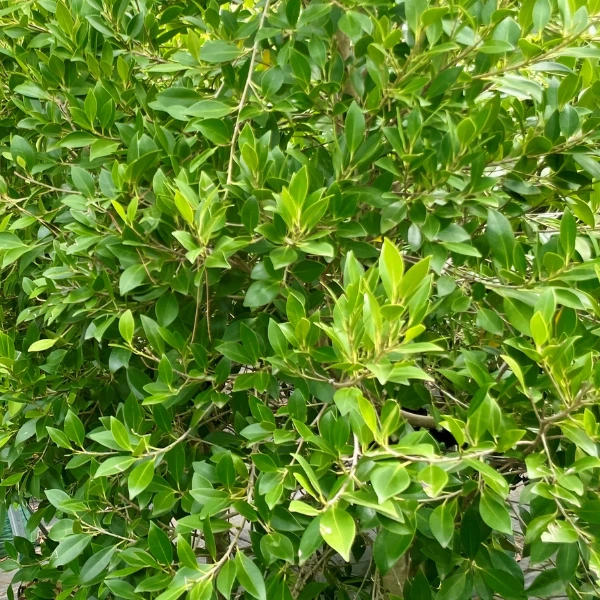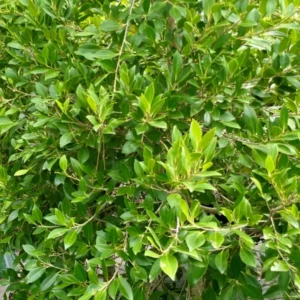Ficus Hillii ‘Flash,’ commonly known as Ficus Hill, is a fast-growing, dense evergreen tree ideal for screening and hedging. It features glossy green foliage with lighter new growth, creating a lush and vibrant appearance year-round. This hardy plant thrives in full sun to part shade and is well-suited for urban environments due to its tolerance of pruning and adaptability to various soil types.
Product Specifications
- Common Name: Ficus Hill
- Botanical Name: Ficus microcarpa ‘Hillii’
- Mature Height: 10 meters plus
- Mature Width: 4-6 meters
- Spacing: 1 -2 meter apart for a screening hedge
- Foliage: Glossy, bright green, evergreen leaves
- Form/Habit: Tall, upright, dense growth habit
- Flowering: No
- Uses: Hedge, privacy screen, garden borders
- Evergreen/Deciduous: Evergreen
- Tolerates: Varied soil types, urban pollution
- Drought Hardy: Yes, once established
- Sun: Full sun to partial shade
- Maintenance: Low; periodic shaping advised. Mulch during warmer weather
- Water Requirement: Moderate; keep up water levels while establishing
- Native: No
Commonly Asked Questions
What is the main Difference Between Ficus Hill and Ficus Flash:
The key difference between Ficus hillii and Ficus hillii ‘Flash’ is their foliage. ‘Flash’ has a more compact, bushy growth habit and features bright lime-green new growth, whereas the standard Ficus Hill has darker, more uniform green leaves. ‘Flash’ is often preferred for hedging due to its denser appearance and slightly slower, more manageable growth.
Can Ficus plants be pleached?
Ficus Flash is a popular choice for pleaching, which can be achieved through selective pruning. This creates drama in your garden design and allows space for contrasting underplanting.
Do I need to worry about the root system on Ficus?
Ficus trees can have an extensive root system that actively seeks out water, we do not recommend planting them near pools or directly next to buildings. However, they remain one of the most popular evergreen screening plants due to their versatility, particularly for privacy hedging. Regular pruning helps control root growth and maintains plant health, while root barriers or raised garden beds can provide additional protection against root growth.
When should I prune Ficus Hilli?
Pruning at least twice a year—late winter to early spring, just before new growth starts and late summer to early autumn to maintain shape. Avoid heavy pruning in late autumn / winter as this may leave the plant vulnerable to cold weather stress. With any type of pruning, always use clean and sharp shears to prevent damage and diseases spread between plants.












